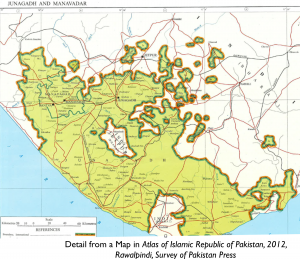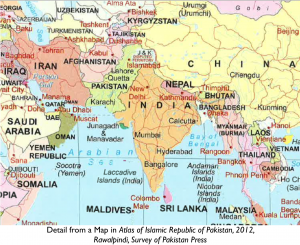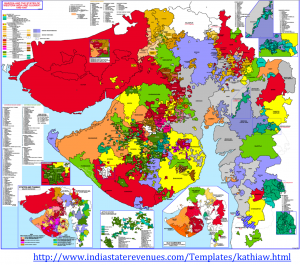mrwarrior006
FULL MEMBER

- Joined
- Oct 15, 2009
- Messages
- 1,037
- Reaction score
- -1
- Country
- Location
Le jao. Bal thakrey, raj thakrey,mayawati, lalu yadav, mulayam sab ko le jao. .ham free me dete he
wow wat an list
my fav lalu yadav u know wy
u know last election- lalu said if he wins he will make computer free office in bihar
and vanquish english from state















